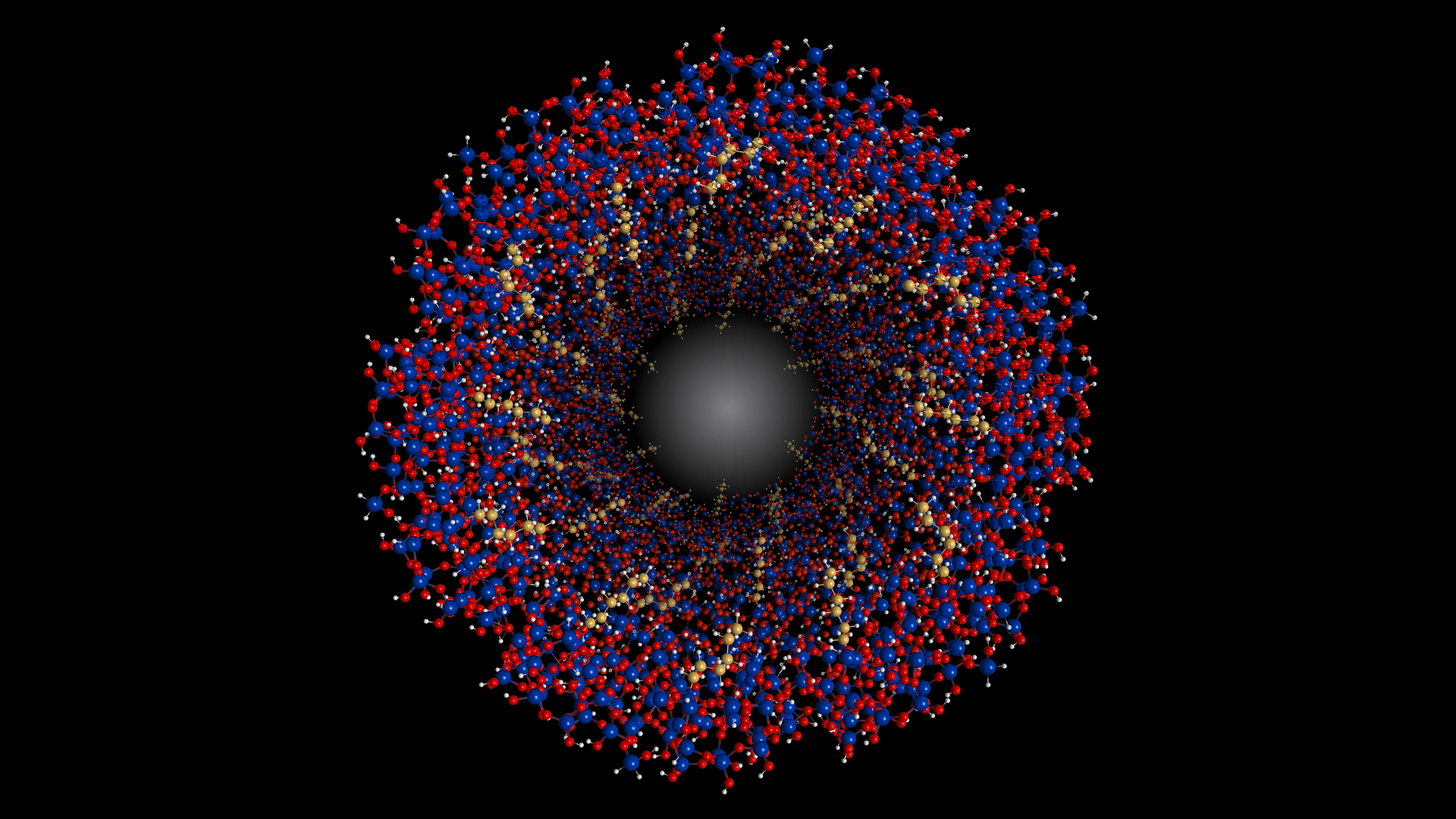


Welcome to
The Slowing Group
at Iowa State University
and the Ames Laboratory

The Slowing group seeks to understand and control chemical processes at solid-liquid interfaces in confined domains. To this end we develop porous nanostructured materials that can tightly host solvated molecules. This lets us explore the effects of partially restricted motion on molecular stability, supramolecular interactions and chemical reactivity. We investigate and apply methods for attaching multiple functionalities to nanopore surfaces so that we can learn how local environment affects the behavior of reactive species and influences the mechanism, kinetics and selectivity of reactions. We then apply this new understanding to create nanodevices for use in several fields such as catalysis, sensing, biomedical research or environmental chemistry.
In brief, our research program is focused on three major areas that start with
(1) developing tools and functional nanostructured materials to be used for
(2) discovering and understanding fundamental phenomena at the nano and mesoscales, and apply them for
(3) creating efficient platforms and devices that solve relevant problems.
We see our nanostructured materials as general and convenient platforms for discovering new phenomena, obtaining fundamental understanding of chemical processes at the nano- to molecular scale, and extending unique behaviors characteristic of nanoscale confined systems to the meso and macroscales.
To extend our reach to the macroscale we are developing methods for 3D printing chemically active materials. With this we are creating a bridge for controlling structures all the way from the molecular level to our own macroscopic world.
Our research directions are boosted by strong collaborations with several amazing theoretical and experimental research groups, and their practical application is facilitated by collaborations with industrial partners.
Principal Investigator: Igor Slowing

Principal Investigator: Igor Slowing
Principal Investigator: Igor Slowing

Above is one of our multifunctionalized complex nanostructures. The electron micrograph to the left shows an ordered mesoporous silica nanoplate functionalized with organic groups. The cartoon to the right shows how an enzyme -alcohol oxidase- bound to the outside of the plate and aminopropyl groups attached to the interior of the pores can work in sequence to oxidize ethanol to acetaldehyde and then undergo a series of self-aldol condensations to elongate the carbon chain. The entire process takes place at low temperature using air as the oxidizing agent and is highly selective for the product of trimerization. Smart nanodevices like this hold a great promise for converting biorenewable resources into commodity chemicals and fuels following low energy pathways with low carbon footprint. (ACS Symposium Series, 2013, 1132, 261-271)
Support for our research has been generously provided by:
Principal Investigator: Igor Slowing









